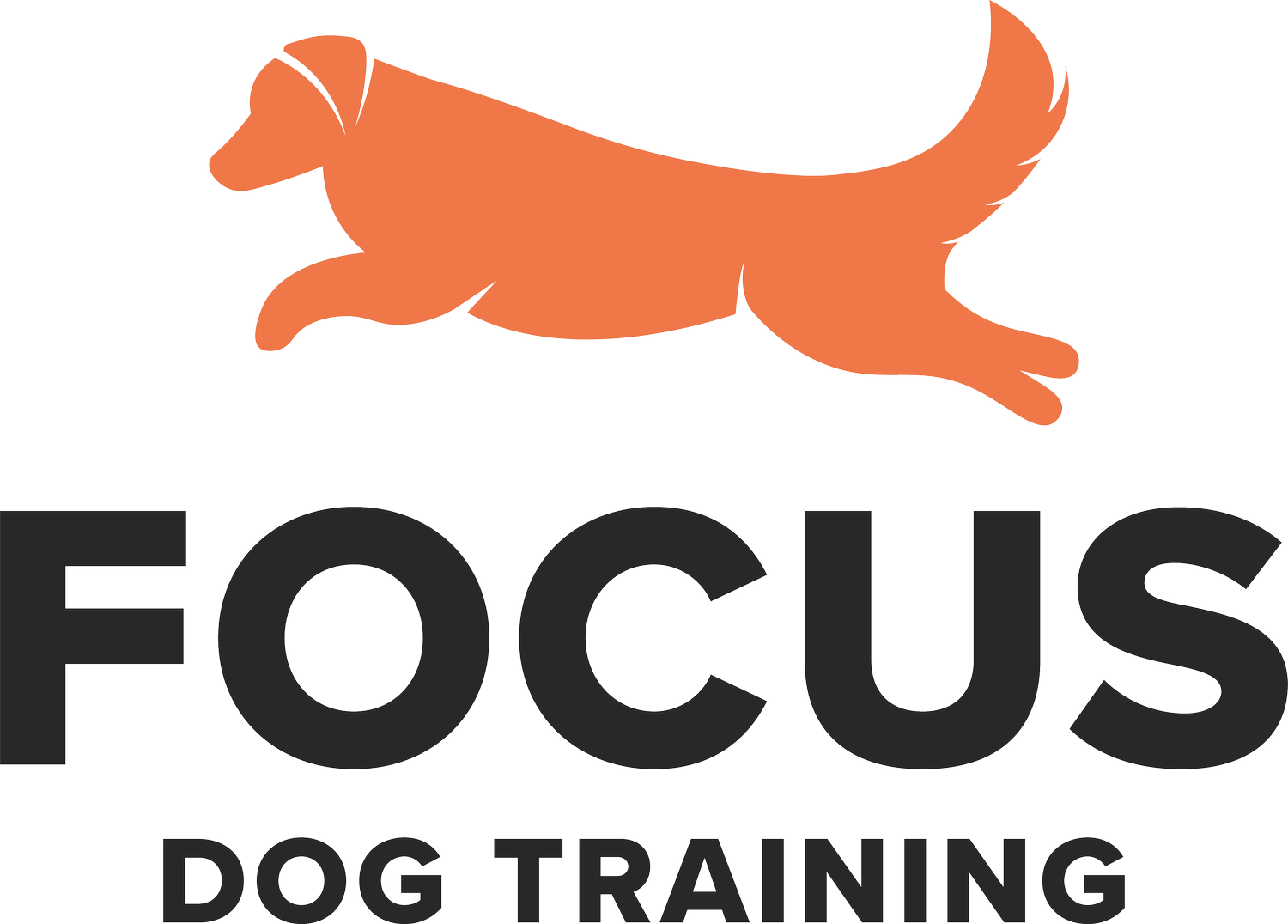The Hutch Project Part 1: Wellness First, Always
In January 2024, I picked up a very scared, sick little puppy who needed a safe place to crash. Fast forward a year and Hutch is not only thriving, but he’s been something like a crucible for my dog training practice. There are a few core ideas that he’s really made me think about, and we’re going to be exploring them here.
As always, we’re starting with wellness.
When Hutch arrived here, he was not doing great. He had a history of GI issues, was physically out of condition, and had terribly long nails. He would flail and mouth at people, he was scared of his collar and harness. Scared of leashes, scared of the sound of birds, barely ate, smashed headlong into doors, threw up in the car, barely responded to his name.
As with all dogs I work with, the first order of business was getting him feeling better. Dogs are a captive species, and so many of their behaviour problems are either created or made worse by the way they’re cared for.
And none of us behave well when we don’t feel well.
The material basics of life are always first to sort out. Any time a dog is physically unwell, isn’t sleeping or eating properly, we have to start there. I’m not a vet, but as a behaviour consultant it is my job to look at the whole picture and then collaborate with vets and other professionals when needed to improve the dogs’ welfare.
In Hutch’s case, the very basics were thankfully straightforward. We were able to quickly snip off the worst ends of his nails. I switched him onto a food he didn’t have a strong aversion to, and made sure all his treats were nutritionally complete. We gave him car sickness meds.
After that it gets more complicated.
Good welfare is not the absence of abuse, neglect, or sickness. It is the cumulative effect of all the animal’s needs being met.
Without a magic wand that undoes trauma, or a million dollars to go buy property, it’s helpful to know what your ideal goal is, and then measure each incremental step forward by if it gets you closer to that goal or not.
What Hutch needed, more than anything, was safety. And there’s a lot that goes into that. Freedom of movement. Choice. Predictability. Clarity.
Fear isn’t felt in the brain, it’s not rational. I had to help his body learn that he is safe, before I could ethically teach his brain how to stand in the shower to get rinsed off, or lay down at the vet.
Adolescence hit Hutch like a sack of bricks. Anyone who’s raised a big feelings teen will know how hard it is. But over the past year, every time things have started to veer off course, I have found our way back by focusing on his wellness. Not that we nailed it always, we definitely did not. But always holding onto that idea helped us stay on track.
It is easy to jump to clicking and treating, or to flatten things like exercise down to a simple aphorism or equation. Put in one off leash run, get back one wellness.
But that’s not how it works. Wellness is complicated, and especially with young dogs, their needs change. And there is a reason positive reinforcement is not the first step on the hierarchy of behavior-change procedures.
True behaviour change, and to be more specific here true trauma recovery, takes time. And wellness is the core pillar of what we do.
